It’s not you, it’s me.
It’s not that I don’t love you, I do, really. You make me happy. Honestly. Crazy happy.
But I just can’t review you. I’m sorry. Yes, yes, we had some good times, you showed me some wild things. But no, I can’t. No… really, no, that’s enough, pick your self up! Have some self-respect!
Ok … yes … ok, I know, I know — you’re right. Alright, just a quick little one, ok?
A few of my favorite books
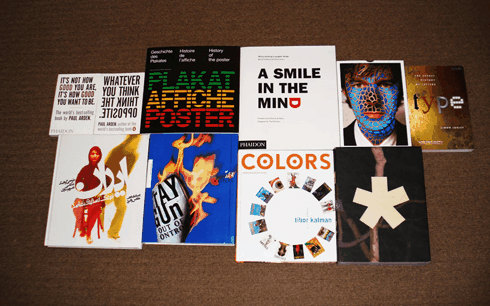
Ladies and gentlemen, let me introduce you to a few of my favorite books. For one reason or another, I’m (probably) not going to review these in great detail like I normally would; instead I’m only giving each a couple hundred words in place of a thousand.
In a sense, what they suffer from is that I love them too much — in other words, objectivity is being thrown to the heap. But biases-schmiases, I do very much want to share these books with you.
It’s not how good you are, it’s how good you want to be
and Whatever you think, think the opposite.
Paul Arden • Buy On Amazon.com • CR Tribute to Paul Arden
It’s Not How Good You Are… was originally an impulse counter-buy. I had a quick flick through it and wanted to get something to read on the train home one night after studying, and this ended up being it. It was a great purchase — Paul Arden is a genius, you see.
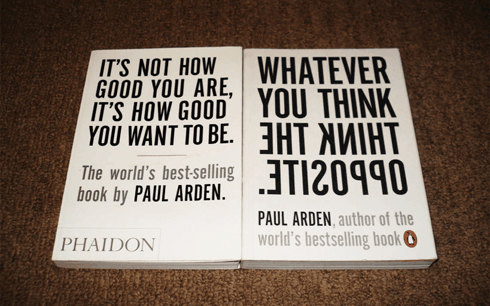
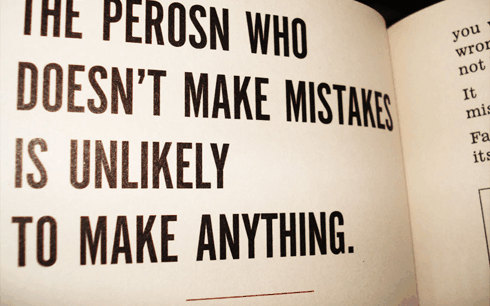
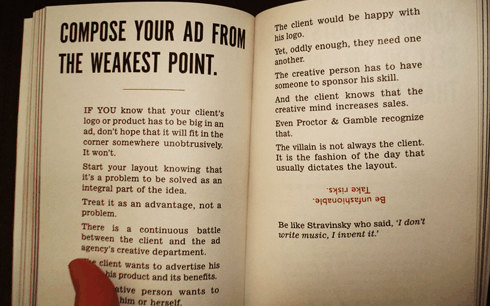
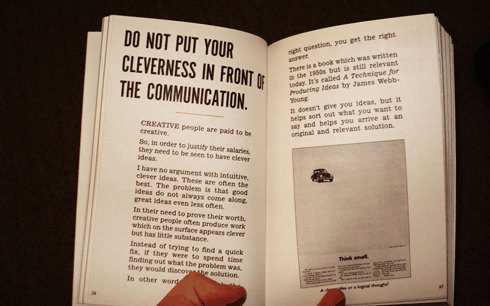
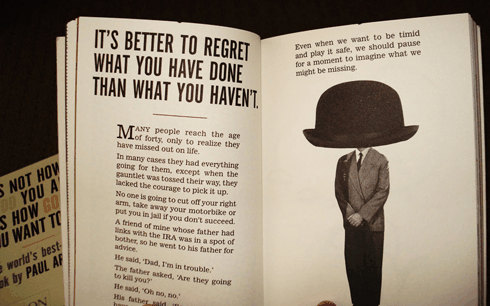
Some-what feeling like a self-help book, but without the weird “you’re a winner just how you are!” kind of vibe, this little one is packed with one liners that curb the way you think about being wrong, trying new things, getting fired, taking the blame and what wealth can be found in sharing ideas with others, rather than hording them to your self, all while encouraging hard work. Phew, a lot for a little book.
It’s a super-easy read that is great to enjoy in the two minute patches you have spare throughout your day. For some its the kind of advice that seems a bit like schtick, but for others (me included) it’s a reminder that to get to where we want to be just requires some creative thinking, guts, hard work and determination.
A few years later I was so happy to stumble over his other two books, one of which is shown here. Whatever You Think didn’t quite hit the spot the same way his first did, but none the less, it’s spine has taken quite a beating.
History of the Poster
Josef Muller-Brockmann • Buy On Amazon.com
Josef Muller-Brockmann. Enough said, right?
While this is primarily imagery, the words written, and pages designed, by Muller-Brockmann are wonderful, even if brief, as we’re guided through the history of the poster from one of history’s greatest design thinkers.
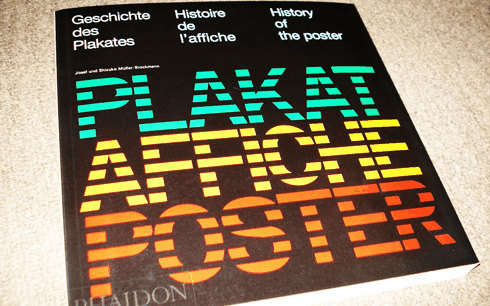
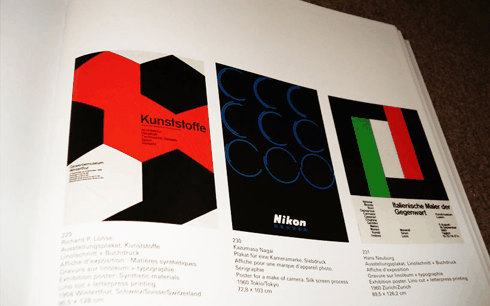
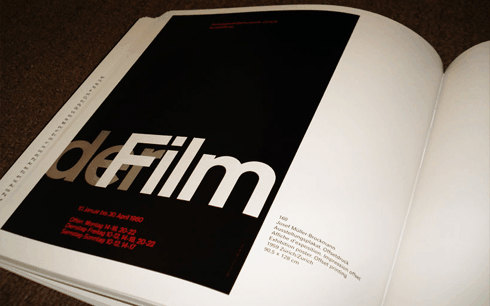
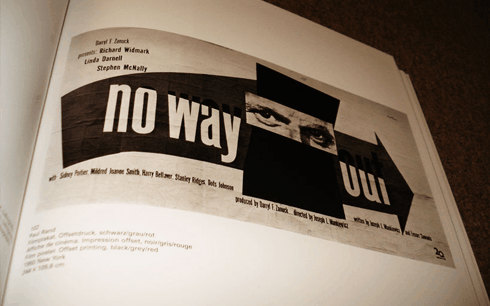
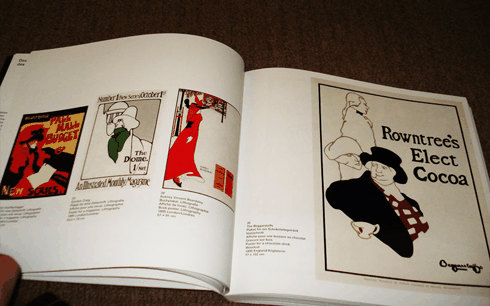
Written in three languages, it’s broken into different expressions, including the illustrative poster, the objective-informative poster, the constructive poster, the experimental poster and briefly, the series poster. While the text is somewhat less than I’d prefer, when you are lucky enough to read some of Muller-Brockmann’s words, you won’t be disappointed — clearly an aficionado of the poster, knowledge is easily shared in only a few paragraphs.
The images are astoundingly beautiful and the use of gold ink doesn’t go unnoticed as a few posters really shine and bounce from the page. The scope of work, style and production methods covered is quite remarkable as you flick through, skipping past woodcuts, offsets, silkscreens, lithographs, lino-cutsm and many more.
This is one you sit on the edge of your desk and open to a new page every day, to be warmly welcomed when you sit to work.
A Smile In The Mind
Berryl McAlhone & David Stuart • Buy On Amazon.com
Generally I find most graphic designers to be incredibly intelligent. It’s also often the case that with intelligence, comes wit. A Smile In The Mind is about those moments when intelligence and wit are expressed through graphic design.
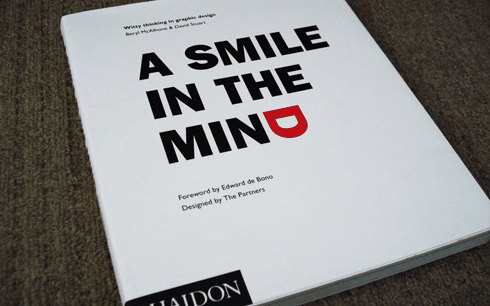
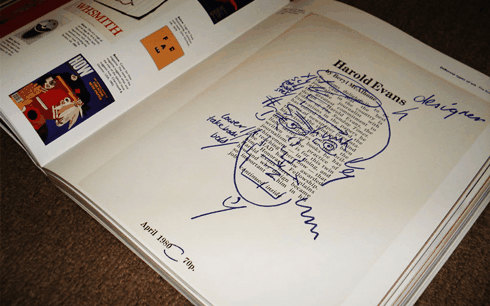
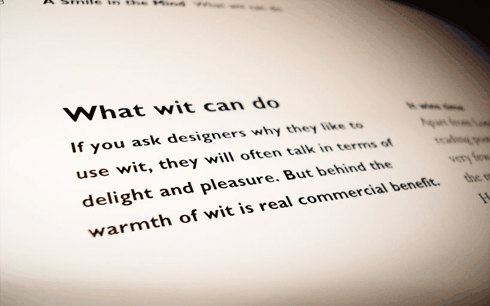
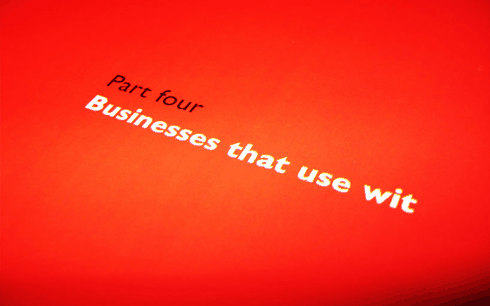


Almost surprisingly this one has a lot more than just pretty pictures that give you a chuckle. It’s split up into five sections, each with a dozen or two chapters and cover topics such as The Case For Wit (chapters covering What Wit Is, What Wit Can Do, Answers Objections, etc), Different Types of Wit (Ambiguity, Homage, Taking it Literally, etc), Items That Use Wit (Posters, Packaging, Annual Reports, etc), Business That Use Wit (Photography, Education, The Law, etc) and Witty Designers — How I Got The Idea (Saul Bass, Michael Bierut, Milton Glaser, Paul Rand, etc).
To say the least, it’s comprehensive.
To say a little more; it’s beautifully designed, well written and wonderfully interesting. This will help you start to think about how you can apply those ‘ha!’ moments to your own work. Even better, it helps give you the language and evidence to help sell those ideas to your client — it’s not just about little jokes for the sake of little jokes!
This is actually one that is so wonderful that as I was flicking through it to write this little mini-review, I decided that I’ll write a larger one — so keep an eye out!
Things I Have Learned In My Life So Far
Stefan Sagmeister • Buy on Amazon.com •
If you’ve been following the online design world for about two years you’ll remember this one.
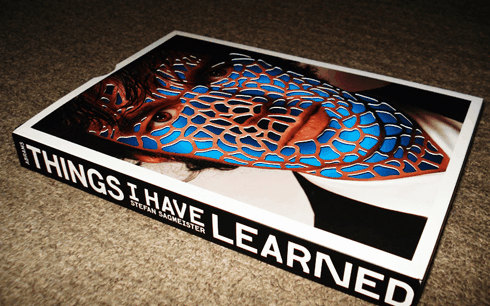
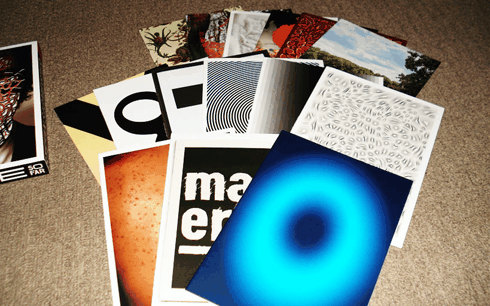
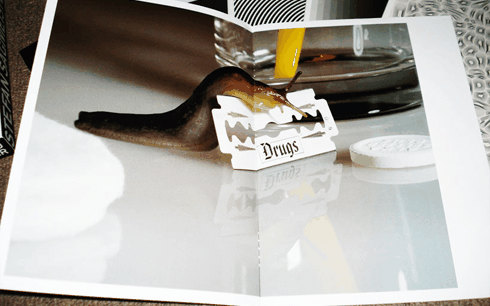
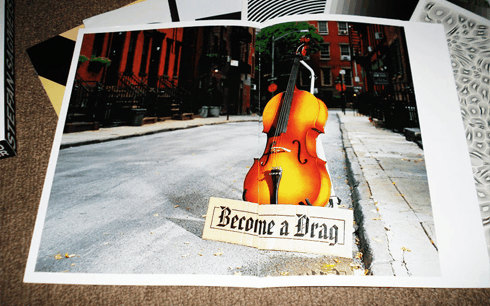
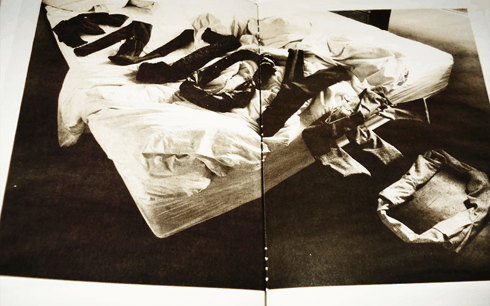
This is a book that captures Sagmeister perfectly — intriguing, different and often times amusingly quirky, this is a book that you truly interact with.
Even if I never opened a single page, I love that the book isn’t completely bound and that you can shuffle the signatures around to modify how the cover looks. All the signatures slide into a case, the front of which is printed with Sagmeister’s face as well as a mass of rivers cut out, allowing the front of the ‘book’ to change appearence depending on what signature is inserted where.
For those unaware, this is a collection of one-liners that Sagmesiter spelled out using various elements, from clothing to sausages and digital spider webs. They’re original, to say the least, and always make me smile and are as charming as most of the designer’s work often is.
Originally coming from a list he wrote in his diary, we are offered a glimpse into the mind of a living legend of design. We are then shown through each booklet—each phrase, each series of photos of that phrase—what such an intriguing person would do if they had a year off.
Type: The Secret History of Letters
Simon Loxley • Buy at Amazon.com • Review at Eye Magazine
While this is one I had intended to review in long-format, I ended up reading it in chunks spanning about a year as other things in my life kept coming up.
In short, Loxley covers the history of typography in a way that very few would.
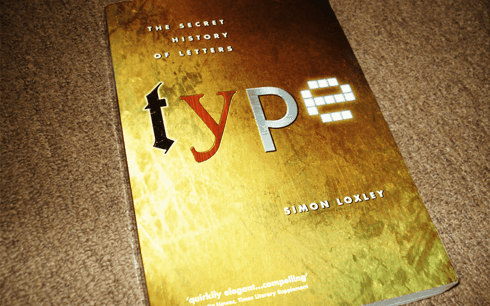

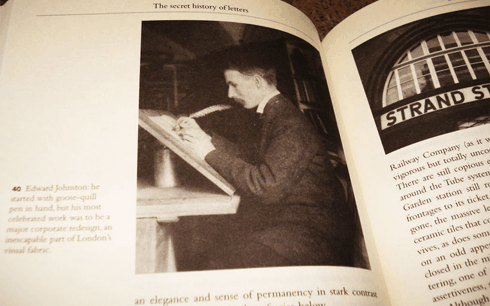
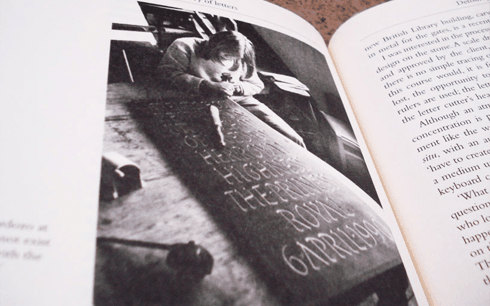
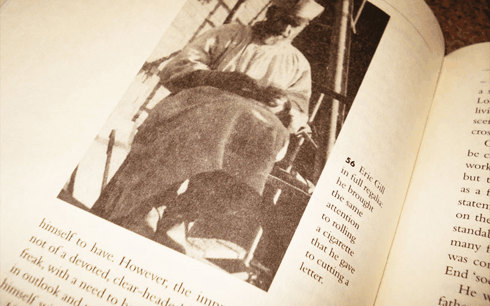
The stories he tell are like, well, stories. His words don’t read like they’re coated with a fine film of dust as dates and names are spat out, one after the other. They’re entertaining, funny, quirky and interesting. You don’t read this book because you need to learn about type history; you read this book because you want to be entertained while reading about a topic you love.
Of course, the worry with this is you can’t be sure what’s perfectly true, what’s somewhat referenced and what is creative whim. For the true typographer, it’s might be a little frustrating as there isn’t much written about the philosophical or technical components of typography. But to a designer who could surely use more education in type history, this is a fantastic and enjoyable start.
From angry master/apprentice relationships to love triangles, foundries uprises and down-falls, men in bizarre clothing and eccentric manner as well as type legends being made, what’s covered is unexpected and marvelously satisfying.
For now …
Phew! Quite an article we’ve gotten through so far, isn’t it? But it’s not over yet!
…
… ok, it’s over for now. I thought it’d be worth giving you all a little breather for now, I’m sure there’s a limit to how many books you can happily read about in a single sitting.
So next week I’ll put up the second half, made up of the bottom row of books in the image at the top, online! It’s got some doozies, including one from one of my favorite designers (there’s four options! Perhaps if someone can guess who it’ll be, I might send them a cookie!).
Master Your Craft.
Weekly.
Become the designer you want to be.
Join a group of talented, creative, and hungry designers,
all gaining the insight that is helping them make
the best work of their lives.